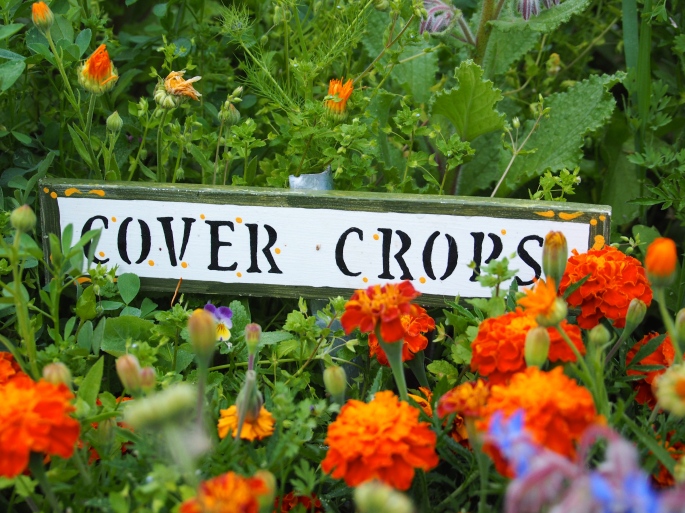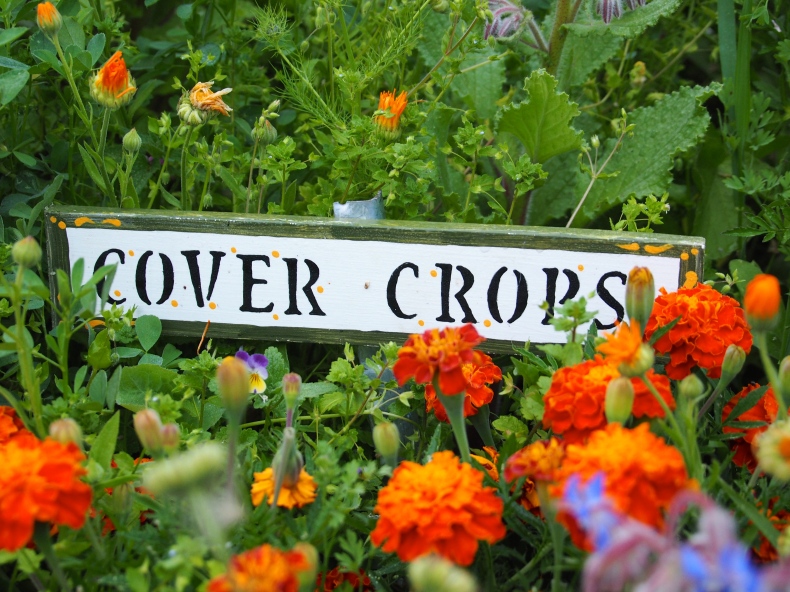
The first sunday of May marks the annual ‘International Day of Permaculture’ – a celebration of permaculture around the world. Over the past seven years, what started out as a grass roots Australian initiative has since grown into a global day of permaculture activities and events, celebrated in over 35 countries. In fact, the activities often extend throughout the month of May.
Bill Mollison and David Holmgren’s early development of the ‘permaculture’ concept, in Tasmania in the mid-1970s, arose out of their research and investigation into ethical and environmentally sustainable forms of ‘permanent agriculture’ and the social structures to support this. Permaculture has since evolved into a global movement, with an educational curriculum and millions of students, practitioners and design projects dotted across the world.
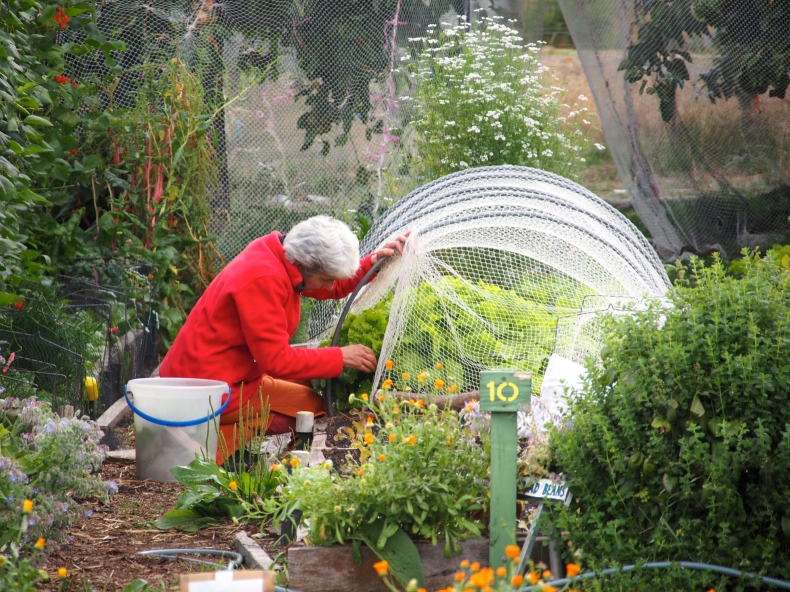
In writing about gardening in Australia, I often come across ‘permaculture people’ doing really interesting and diverse things – from Tassie to the Top End. I am continuing to discover the many ‘permutations of permaculture’ and how these link in synergistically with things like fair food, ethical building design, relocalisation, renewable energy initiatives, urban agriculture and organic farming. In fact, the overarching thinking of permaculture provides a suite of tools to assist in developing more sustainable and equitable practices – be they social, environmental, economic or agricultural.
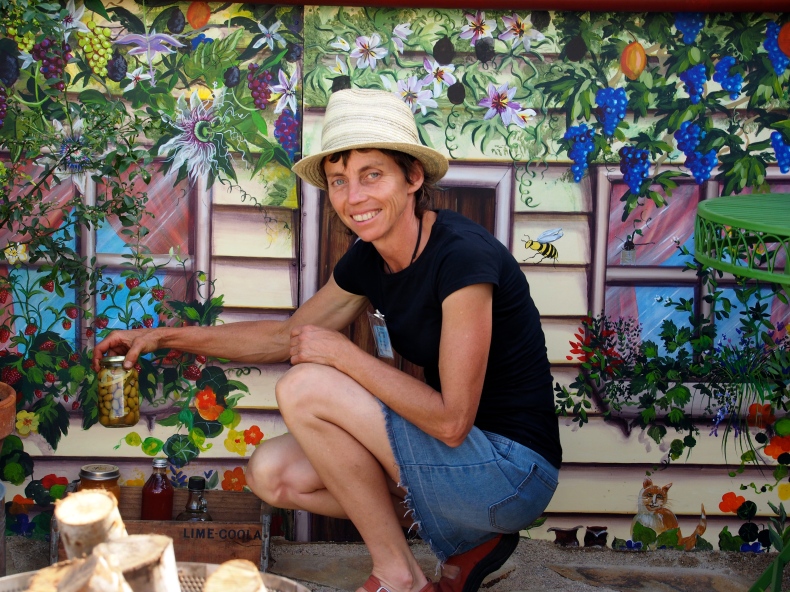
When I found myself at the International Permaculture Convergence in the UK last year, meeting people from many different nations – people actively involved in creating more sustainable futures for their families and communities – it really got me thinking about the Australian origins of the permaculture concept. And how it is so much more than an organic gardening technique – which is what it can initially appear to be on face value.
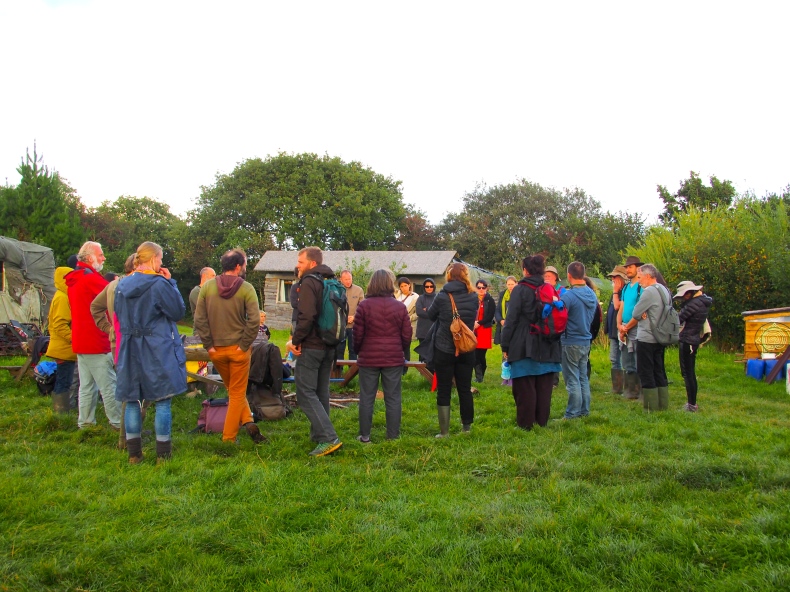
While overseas for work and family reasons, I also attended the Transition Network’s International Conference in Totnes, Devon, in the UK – again, meeting people from many different parts of the world, this time involved in Transition Town groups and projects. This broad coalescence of kindred spirits has turned into quite a social movement – which continues to resonate with people wanting to simply get on with the job of tackling key challenges like climate change and addressing the many unsustainable practices that they observe around them. In the process, their collective aim is to transition to a more equitable and cleaner energy future – one household, business and community at a time.
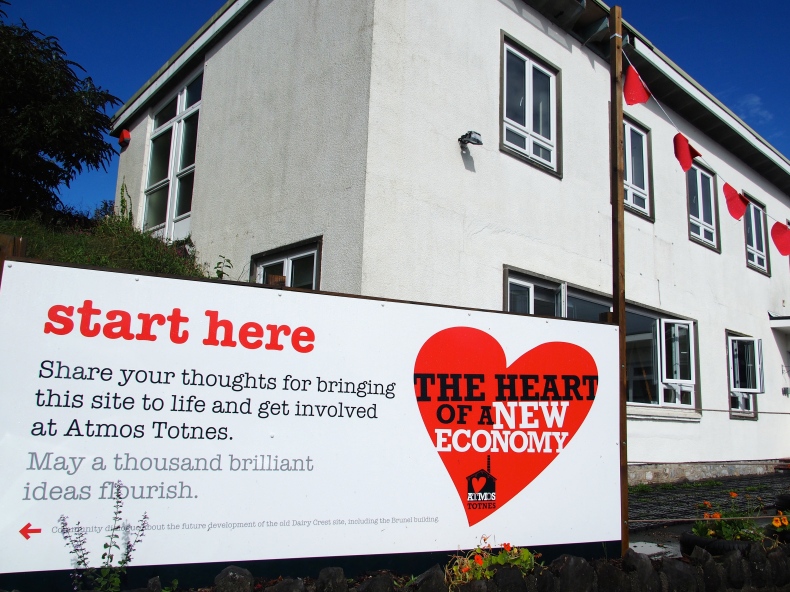
It is all about envisioning the type of future that people want to create and then just getting on with its co-creation, embarking upon a proactive and positive journey of ‘living lightly’ and ‘building community’, and sharing resources, skills and stories along the way. Everyday people and community leaders alike join together and become empowered to act as ‘agents of change’. Like permaculture, the Transition Network too, has morphed into a global movement, with branches that spread far and wide. And as its co-founder, Rob Hopkins, acknowledges, the roots of its development can be found firmly planted in permaculture thinking.
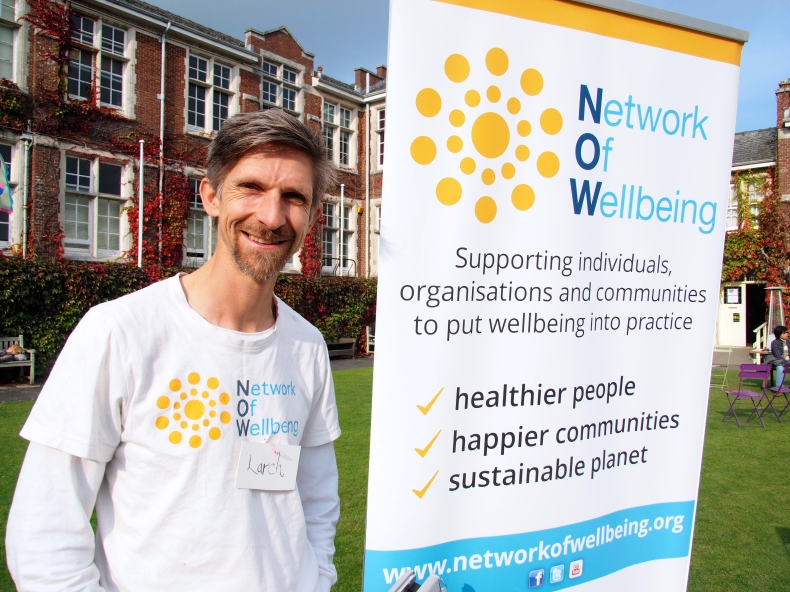
‘Transition Towns’ provides a good model and practical application of ‘social permaculture’ – still with the mainstays of organic gardening methods and the sharing of local food as a way of bringing people together, but with the important additional focus on households, communities and local economies.
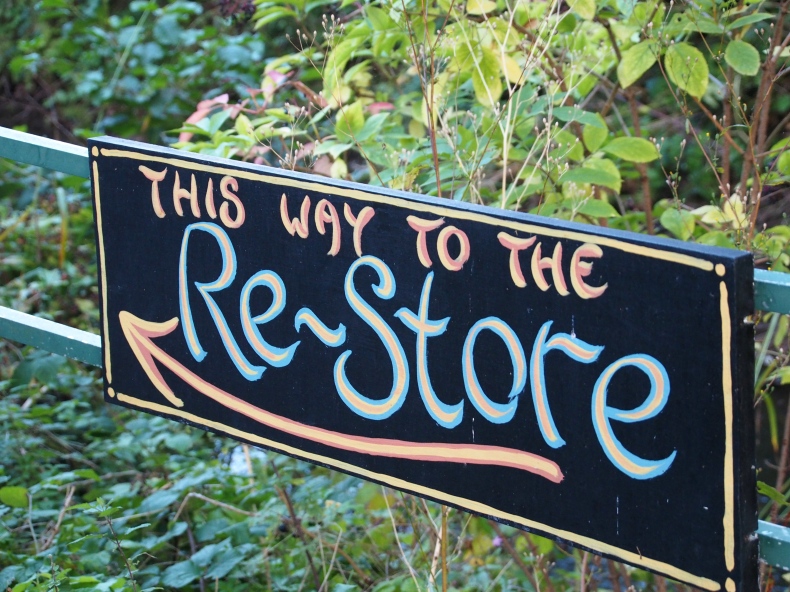
I couldn’t help but be inspired by hearing about so many great examples of permaculture and transition in action overseas. So on returning to Australia, I signed up for a two week intensive ‘Permaculture Design Course’ or PDC earlier this year, to find out more about this thing called permaculture – which had begun literally “in my own backyard”. It’s funny how being away from home can really highlight such things.
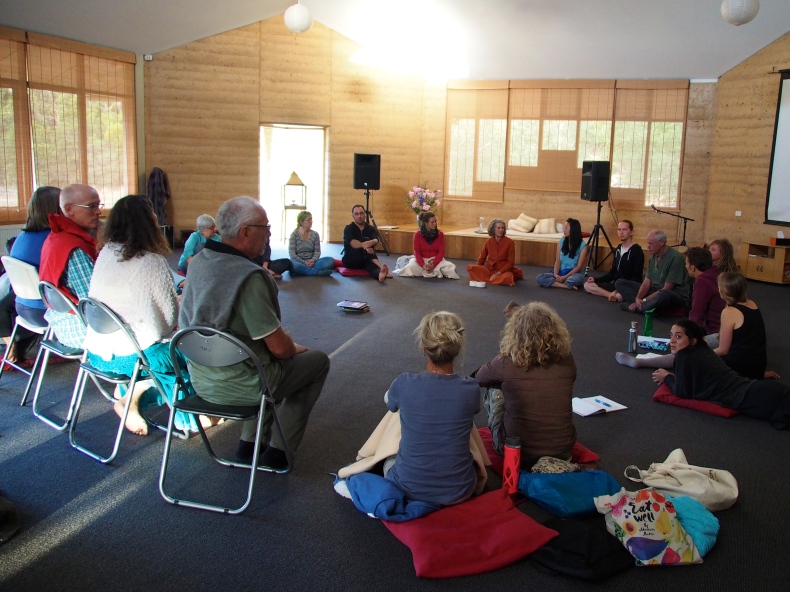
It was nice to study with one of the original co-founders of the concept, David Holmgren, and his inspiring partner, Su Dennett (from the Hepburn Relocalisation Network), in the tranquil surrounds of a yoga ashram, in Daylesford – just up the road from Hepburn Springs in Central Victoria, where the couple is based.
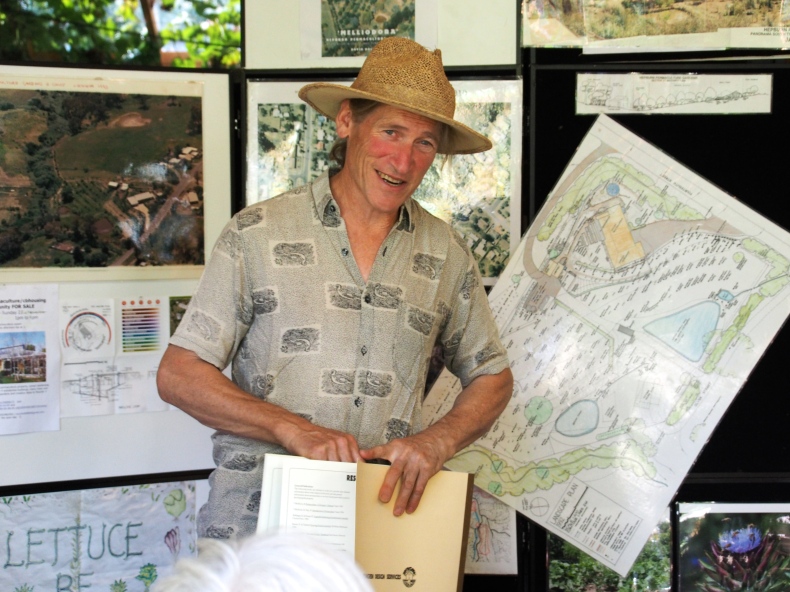
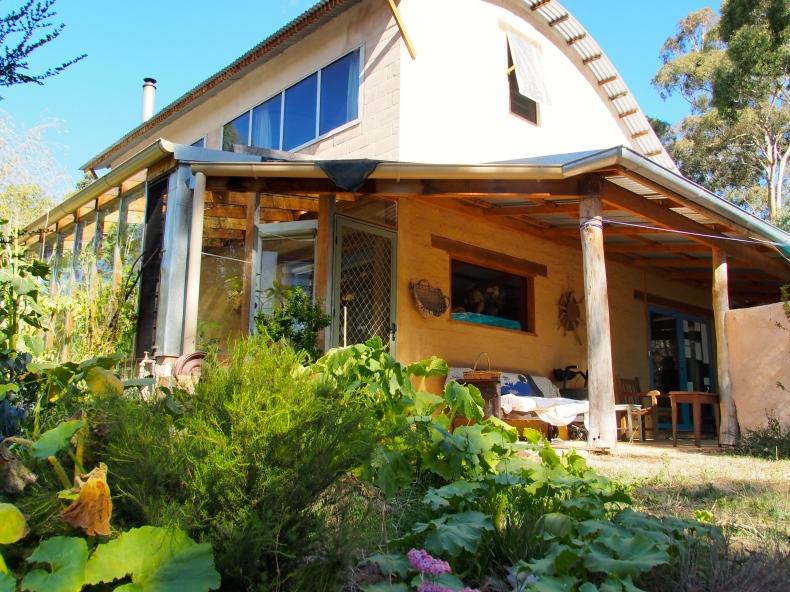
Our group of 24 students, of all ages and from all walks of life, was fortunate to be guided through the course content by a range of other experienced teachers as well, including Angela Enbom (‘the bee wrangler’), Beck Lowe and Ian Lillington, who covered different topics relating to key areas of their interest and expertise. Additional guest teachers also presented on specialist topics like renewable energy and building design. Robyn Clayfield dropped in to cover the more social and ‘heart-based’ elements of permaculture while she was in Victoria attending the Sustainable Living Festival, and Paddy the Permie Tree Man proved an absolute wealth of knowledge on all things arboricultural (and was a dead ringer for Shane Jacobson aka ‘Kenny’, in both manner and appearance).
A third of the group of students was comprised of overseas visitors – from Japan, Sweden, Austria, France, Sri Lanka, Germany and the US – people who are already doing really interesting things in sustainability in their own right in those various locations. So the knowledge in the room, from both the teachers and participants, led to a wonderful cultural exchange and some pretty interesting and wide ranging discussions.
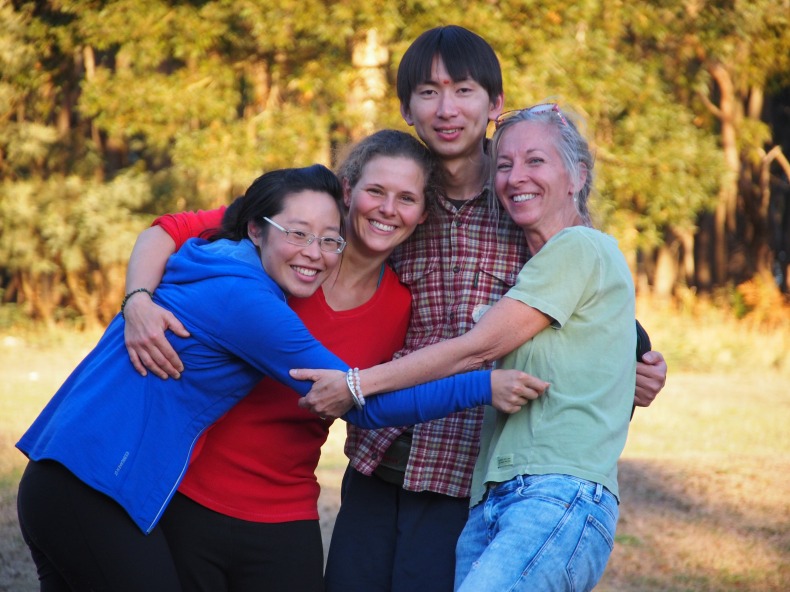
Field trips to David and Su’s property, Melliodora, one of the longest running demonstration sites for permaculture principles, and other local permaculture-inspired properties, really helped to bring things to life on a more practical level, balancing out the theoretical side of things nicely. And each morning we would help out in the ashram’s productive food garden – a beautiful way to begin the day.
At any rate, when it comes to writing about ‘permaculture people’ in the future, and no doubt they will continue to cross my path, at least I will now have a better understanding about where they are coming from and how permaculture has evolved and continues to evolve. And I look forward to finding out more about how the principles of permaculture can be applied in practice, to the creation of more sustainable households, properties and communities.
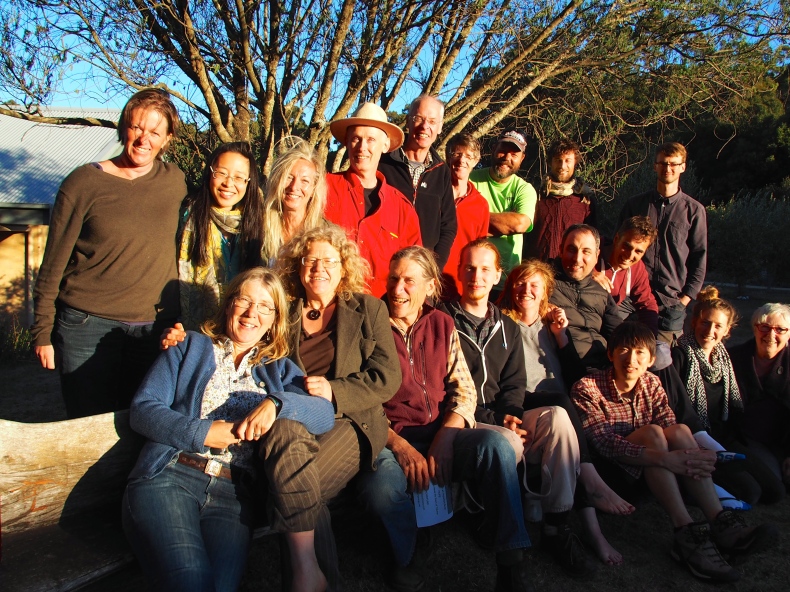
Further Information:
The International Day of Permaculture:
And a special message for those commemorating the International Day of Permaculture, from the wonderful Vandana Shiva, in this 2016 International Year of Pulses.
A farming of permanence works with the hydrological cycle, the nutrient cycle and the cycles of natural systems says Indian food and seed advocate, Vandana Shiva.

